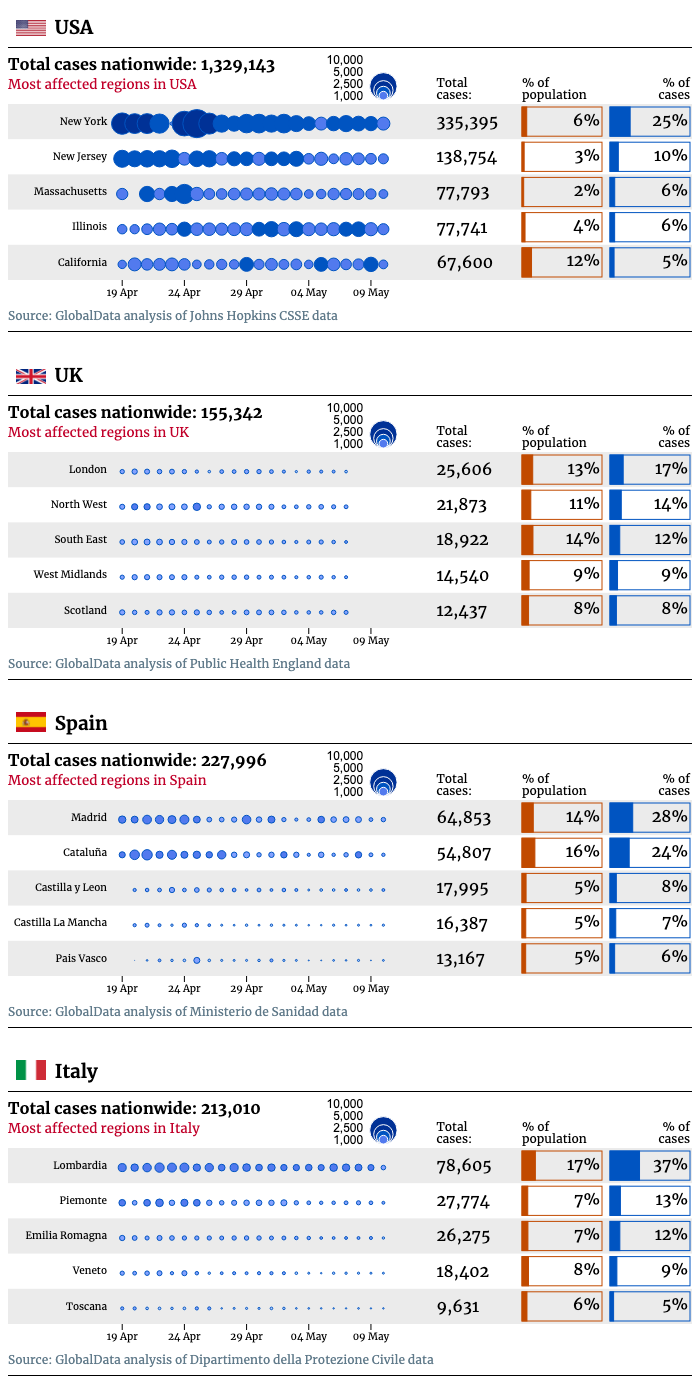The number of new daily Covid-19 cases continues to drop in major cities and regions in Europe and the US as Wuhan records first new cases since the end of the lockdown.
The US reported relatively stable numbers of new cases throughout last week but economic reopening in several states could push the numbers back up. There are also reports of an outbreak inside Donald Trump’s White House as some staff went into isolation.
The UK saw some of the smallest daily increases in new cases since March. Britain is also set to slowly ease restrictions as the official government guidance was changed from “stay at home, protect the NHS, save lives” to “stay alert, control the virus, save lives”.
Spain is loosening lockdown rules as well, mostly in rural areas that were less affected by the coronavirus pandemic. Italy, which has the third highest death toll at 30,000, saw numbers continue to fall over the last week.
Elsewhere in China, authorities have reported new coronavirus clusters in Wuhan, where the outbreak first originated. These are the first new confirmed cases since lockdown was ended in April.
Monitoring the cities at the heart of the Covid-19 outbreak
Cities – with their high population density, young and mobile demographics, and developed public transport systems – are particularly susceptible to rapidly-spreading viral outbreak. Here we drill down into subnational Covid-19 figures to show which areas are seeing disproportionate numbers of Covid-19 cases.
While different countries count at different administrative levels, the pattern is clear: London and Madrid are “regions” in their own right, while New York State includes New York City and Lombardy covers Milan. This chart is currently being updated weekly with the latest figures – although some countries have a slight delay in publishing the very latest case numbers by region or state.

–Nicu Calcea






